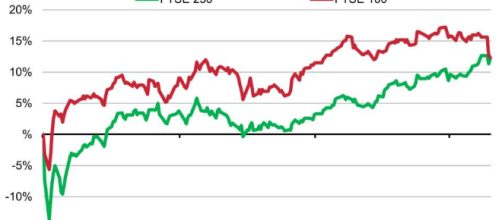During the last few days the British pound demonstrated dynamics reminiscent of best pre-referendum marks it achieved back in 2016. In the year of the Brexit referendum result, Britain outperformed all other major global economies as it recorded economic growth of 1.9 percent. The sterling's recent rally appeared to somewhat surprise currency analysts. The British currency extended early gains and rose as much as 0.5 percent, which may be attributed to the manufacturing activity continuing to expand, although its growth pace seems to be slightly slower than the prior month.
All in all, Uk Manufacturing data proved the sector managed to hold up in December. In recent weeks the pound also took advantage of the falling US dollar, with its exchange rate ending 2017 up almost ten percent. Until parliament returns in January and its main focus turns back to Brexit, sterling traders would be expecting the next gauge from soon to be released construction and services data demonstrating the health of the British economy. While the British economy indeed decelerated in 2017, the expected data from ONS would still likely show its annual growth above 1.0 percent.
Encouraging readings attributed to Brexit clarification improving sentiment
At the time of writing the pound's rally appeared to stabilize, as the pound-to-euro exchange rate was quoted at 1.1239 and the pound-to-dollar exchange rate at 1.3524, after touching $1.3567 the week before.
Both key rates sit comfortably within ranges recently achieved. At the same time, the yield on UK ten year government bonds gained six basis points to 1.25 percent. Bloomberg cites the strong reading of 54.2 as evidence of the British economy entering 2018 with impressive impetus, while Pound Sterling Live sees these readings as a basis to underpin the sterling longer-term and to reinforce earlier forecasts of the British currency appreciating during the year.
According to Jeremy Stretch, head of Group-of-10 currency strategy at Canadian Imperial Bank of Commerce, “With the dollar on the defensive it looks likely that we are set to test 1.3596.” Citing the manufacturing PMI being weaker than the prior month’s, he nonetheless said that “the readings remain broadly elevated.” A consensus of currency strategists predicts the pound to be on the rise in 2018 as expected clarification of the Brexit process would improve the market's sentiment.


